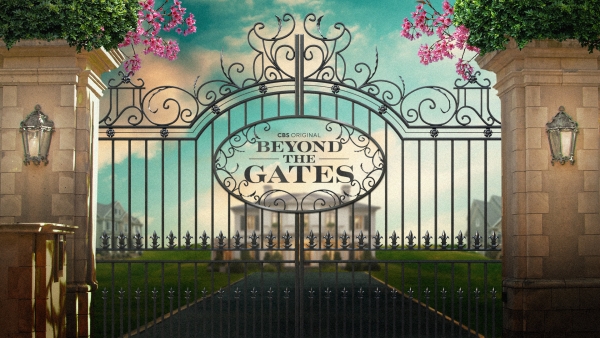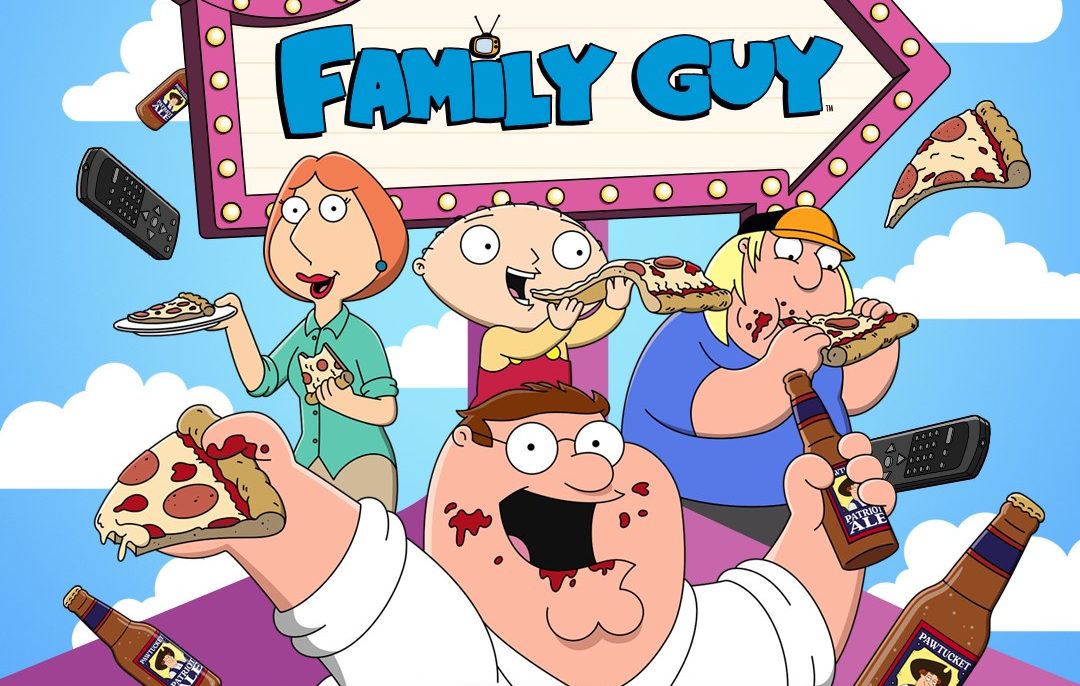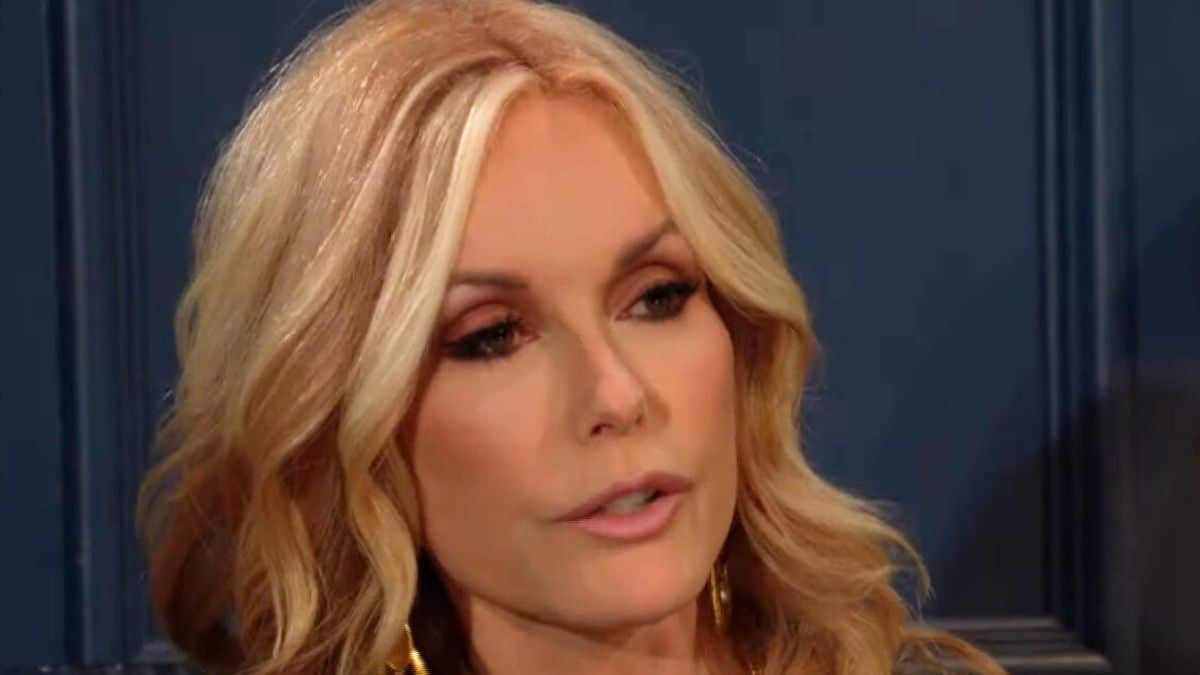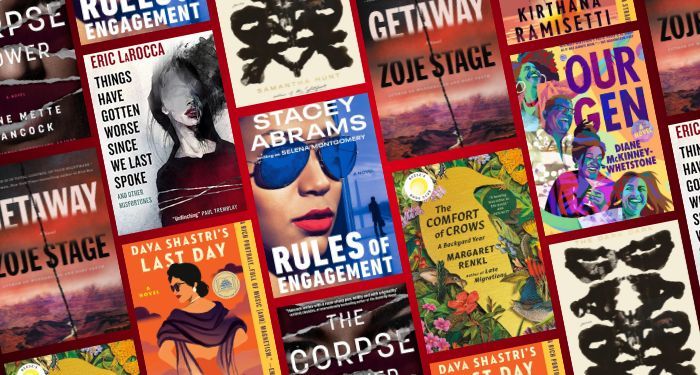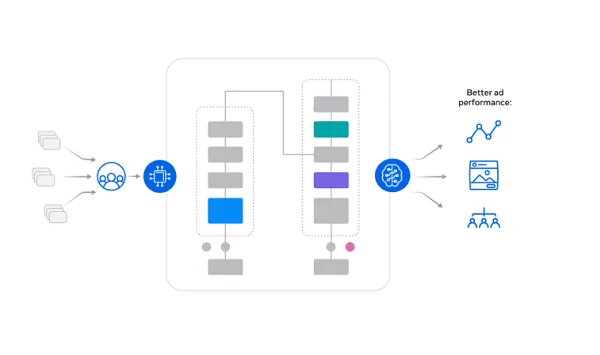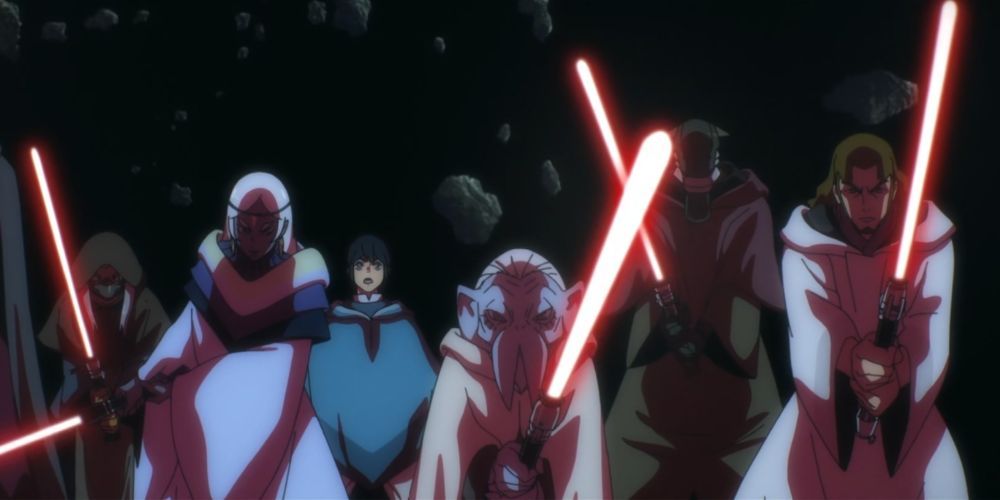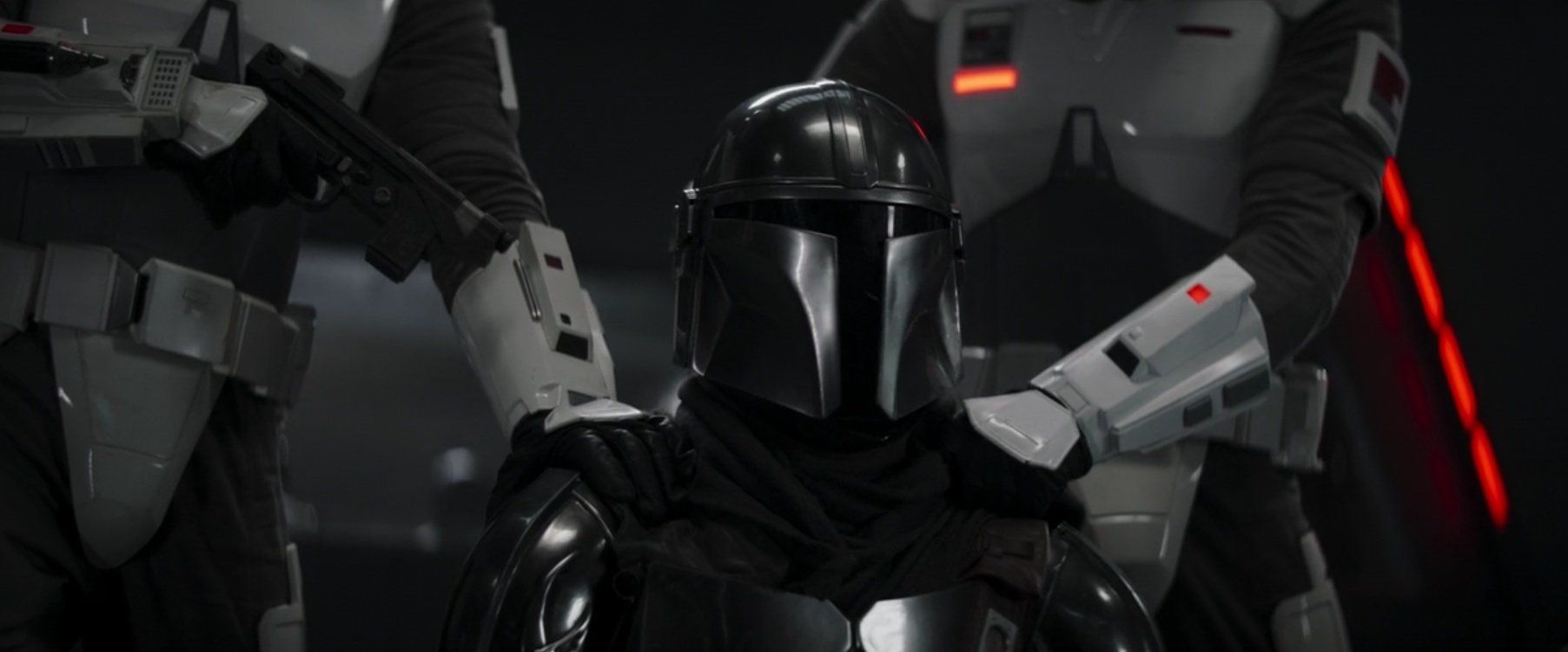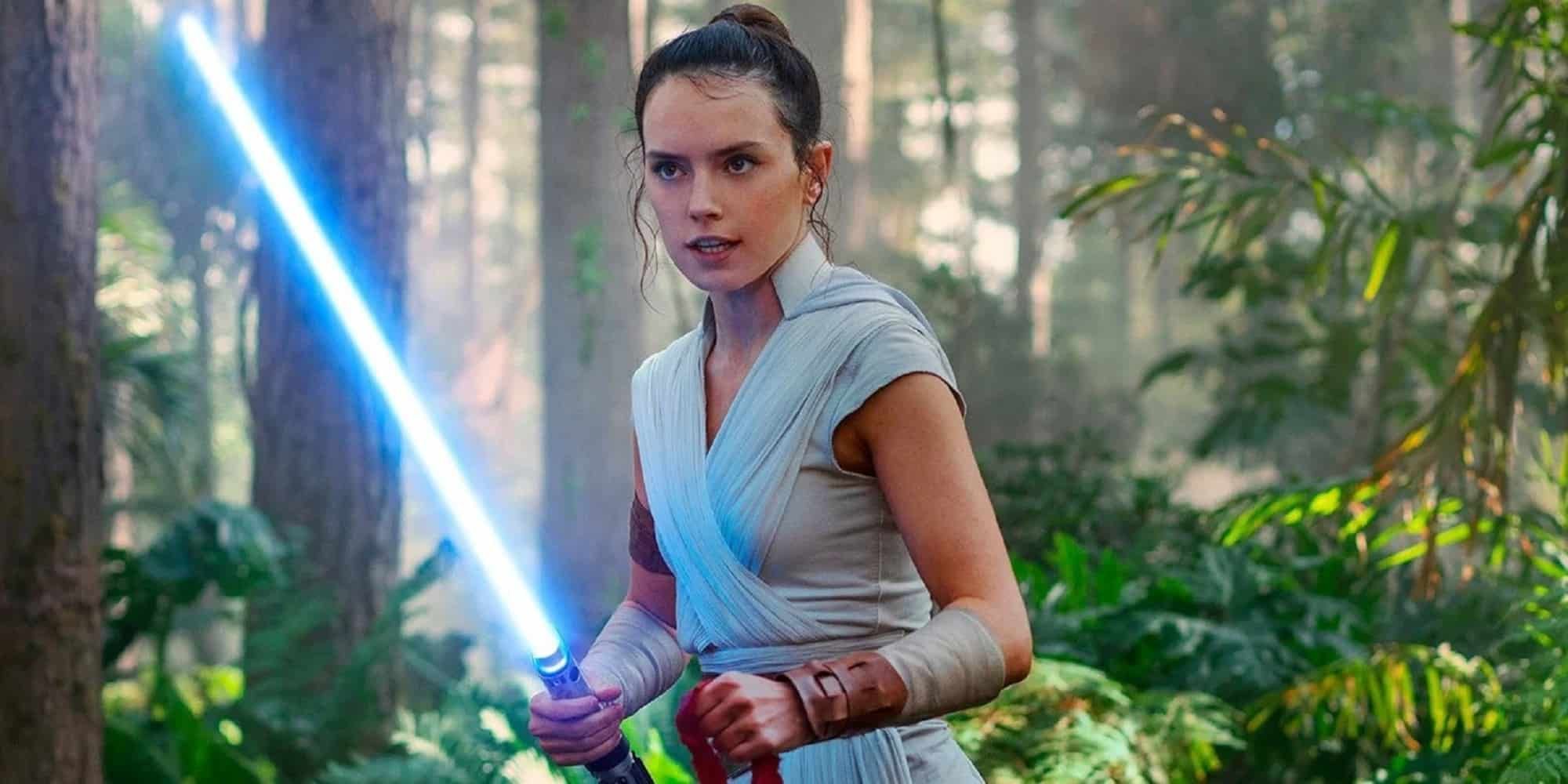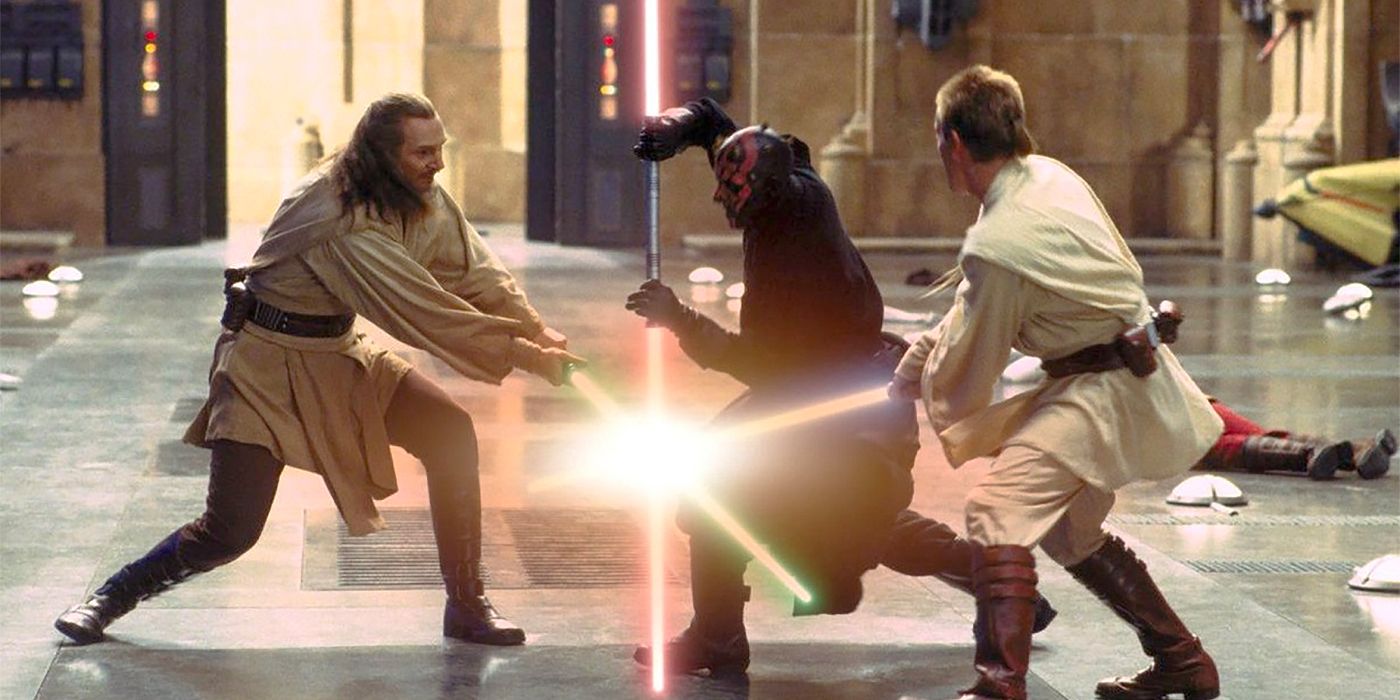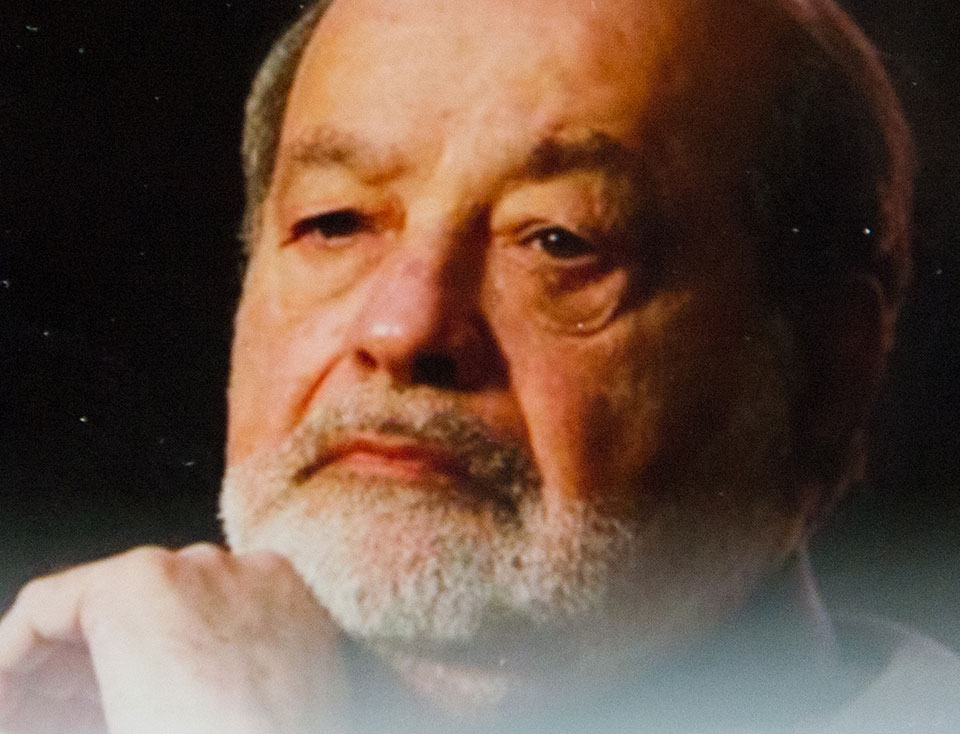Announcements of new Star Wars projects are always exciting. Even if your faith in the franchise has been shaken in recent years, projects like Andor or The Mandalorian have proved that Star Wars can still surprise and delight even if they’re surrounded by other, more disappointing releases. So there’s a cautious optimism surrounding announcements like James Mangold’s upcoming film, set thousands of years before the main movies in a period called the “Dawn of the Jedi,” or Sharmeen Obaid-Chinoy’s film about Rey’s (Daisy Ridley) “New Jedi Order” set 15 years after the events of The Rise of Skywalker. These movies seem set to push Star Wars into new territory, exploring eras of the universe beyond the current scope of Disney’s canon. But while the prospect of this expansion is exciting, there are issues with this approach that could easily become full-fledged problems if Lucasfilm isn’t careful.
Star Wars Is All About Iconography
The first of these problems harkens back to the beginning of the franchise. Part of what made the original Star Wars such a success was its visuals. The silhouettes of the spaceships are instantly recognizable. Stormtrooper armor is sleek and memorable, so much so that it’s been remixed into different styles of Trooper armor across the franchise, from Clone Troopers in the Prequels to Republic Troopers in the Old Republic era. Brown-robed Jedi wielding lightsabers and Sith Lords in dark cloaks and metallic armor can be found in nearly every major Star Wars story. Droids, blasters, speeder bikes — nearly everything in Star Wars has a distinct look to it. It all feels like Star Wars when you see it, and it’s very easy to pick out things that don’t belong.
A lot of Star Wars is the direct result of this iconography. Star Wars: Visions, which just released its second season, is entirely built around the Star Wars look. The anthology’s premise is to throw canon out the window and let animation studios do whatever they want with Star Wars, resulting in a lot of very different stories that are still obviously Star Wars. The Mandalorian only exists because audiences thought Boba Fett looked super cool in The Empire Strikes Back. And the Sequels, for all their faults, recognized the importance of looking like Star Wars, even if they took it too far.
A new project like Mangold’s, so far removed from the existing canon, runs the risk of losing that. To convey the gulf of time between the movies and the “Dawn of the Jedi,” there’s a chance that the art design will shift too drastically, and that Star Wars look will be lost. Even though the movie will presumably feature Jedi, if the look of their robes and lightsabers is too different from what we’ve seen before it will feel less like Star Wars and more like a knockoff version. But by the same token, if it all looks too familiar, it runs the risk of not looking meaningfully distinct from the “present day.” Reinterpreting and remixing the Star Wars aesthetic is necessary, but the balancing act will be a difficult one to get right.
Keeping Track of the Timeline Is Already Hard Enough
Another issue is one that’s already begun to rear its head for the franchise. The ongoing Star Wars shows on Disney+ are spread across decades of continuity. The Mandalorian and the upcoming Ahsoka and Star Wars: Skeleton Crew are set nearly 10 years after Return of the Jedi. Andor’s first season is set roughly five years before the events of Rogue One and A New Hope. Meanwhile, the animated show The Bad Batch is set in the years immediately following Revenge of the Sith. And yet all of them feature characters fighting against the Empire — or its remnants, in the case of The Mandalorian. For fans not meticulously keeping track of when everything is set, it can be a little confusing to keep straight which shows and movies take place when, and expanding the timeline may only worsen this problem.
As it stands, there are four separate projects centered around the Jedi in production, each separated by decades or even millennia. Ahsoka, releasing this summer, seems to feature its titular character exploring the legacy of the fallen Jedi Order, and potentially beginning to start to put the pieces back together. The Acolyte, which is still in production, is set hundreds of years before the Prequel films, exploring the Jedi Order at the height of the Old Republic. And the movies by Mangold and Obaid-Chinoy are set to explore the Jedi at the furthest ends of Disney’s timeline: their original formation thousands of years ago, and their rebirth under the guidance of Rey. While the context of these films may vary wildly, it could easily be hard to keep straight which shows happen when just like the current batch of shows focused on fighting the Empire. Causal audiences aren’t taking deep dives into Wookiepedia or Reddit threads to keep track of which version of the Jedi Order is fighting against which iteration of the Empire. It could be a turnoff to viewers who find the effort needed to keep a handle on the continuity not worth their time.
This spread of shows also runs the risk of making Star Wars feel scattered and unfocused as a franchise. While there can certainly be thematic ties between projects that are so far from one another in the timeline, it’s much harder to tell a single cohesive story over such a large expanse of time. If everything is spread out across millennia, it will be harder to tell which shows are connected and which stand alone. Perhaps Mangold’s “Dawn of the Jedi” film will have direct connections to Obaid-Chinoy’s story of Rey’s “New Jedi Order.” The Sequels left Rey in possession of ancient Jedi texts — perhaps both films will share locations and lore between them using those tomes as a vehicle. It could be a fascinating way of connecting the projects, but would those connections be obvious enough for general audiences? Or, if they are, will those same audiences feel obligated to check out The Acolyte because they’re worried they might miss something important regardless of their interest in that show on its own? A sense of obligation to watch everything a franchise puts out has contributed to a growing sense of frustration with other franchises (like the Marvel Cinematic Universe), and it’s not a sustainable motivation for fans to stay invested.
Expanding the Timeline Could Ruin the Magic
Lastly, exploring too deeply into the nooks and crannies of Star Wars’ timeline could ruin the mysteries that make the franchise so compelling. One of the biggest complaints about The Phantom Menace is regarding its introduction of Midi-chlorians. Fans took issue with Qui-Gon Jinn’s (Liam Neeson) explanation of how these microscopic life forms determined how powerful a Force-user could be, feeling that the explanation detracted from the mysticism that the Original Trilogy had established. In much the same way, digging too deeply into the origins of the Force and the Jedi could ruin what makes them so appealing as concepts in the first place.
On the other end of things, moving forward in the timeline runs the risk of repeating the errors of the Sequels. Part of what makes those movies so frustrating is the way they seem to ignore or undo the victories of the heroes in the Original Trilogy. The Empire isn’t gone, Luke’s attempt to rebuild the Jedi Order failed, the New Republic is destroyed, and somehow, Palpatine returned. Stories require conflict, and sequels always need to be careful that the new source of conflict doesn’t invalidate the original one. If Rey and her new Order aren’t struggling against something new and are instead dealing with yet another iteration of the Sith or the Empire, it’ll make the Sequels feel even more pointless.
Just about all these problems can be avoided. Pre-Disney stories like the Old Republic games (and novels!) or the Star Wars: Legacy comics proved you could successfully translate the aesthetic of Star Wars to distant eras. Clear branding and marketing could make it clear which projects are connected and which are not. The “Dawn of the Jedi” era could easily lean into the weird and mystical nature of the Force in ways that enhance our understanding of it, rather than tear it apart. And the “New Jedi Order” could forge a new and exciting path forward for Star Wars, one less reliant on the narrative of rebels fighting against an evil Empire. Ideally, none of this will be the case, and we’re standing on the cusp of a new golden age of Star Wars. But these are things the creatives and executives behind these projects will need to keep in mind, or they run the risk of becoming major problems for the franchise going forward.















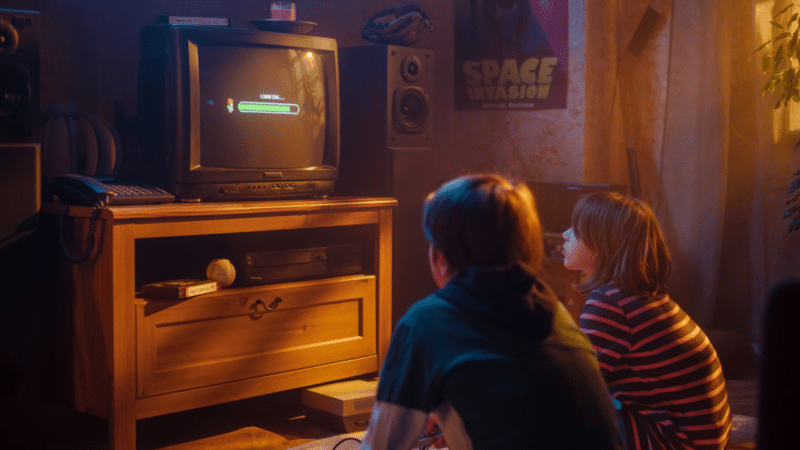

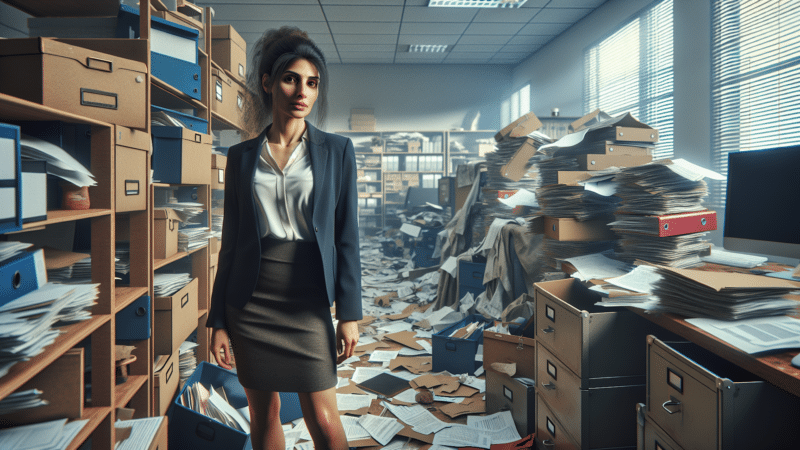
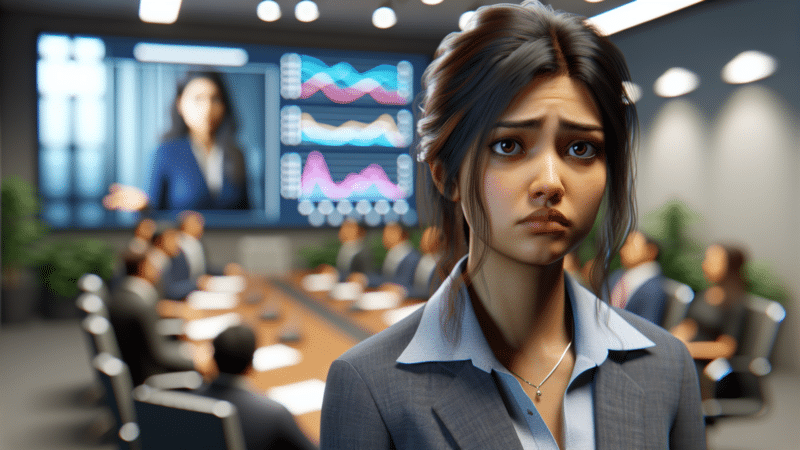






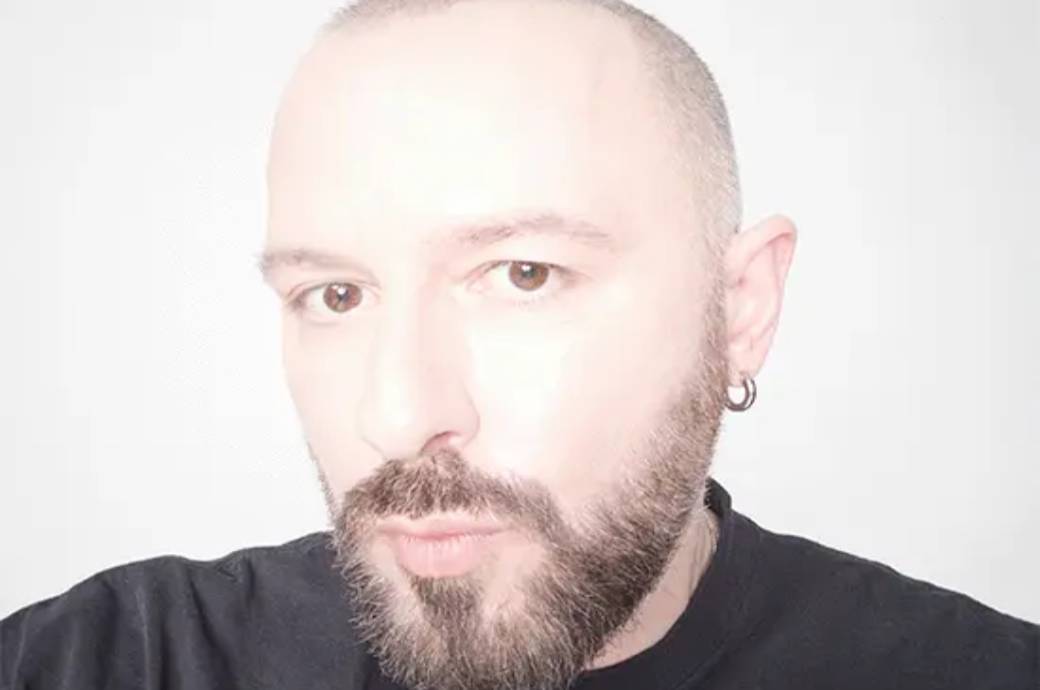











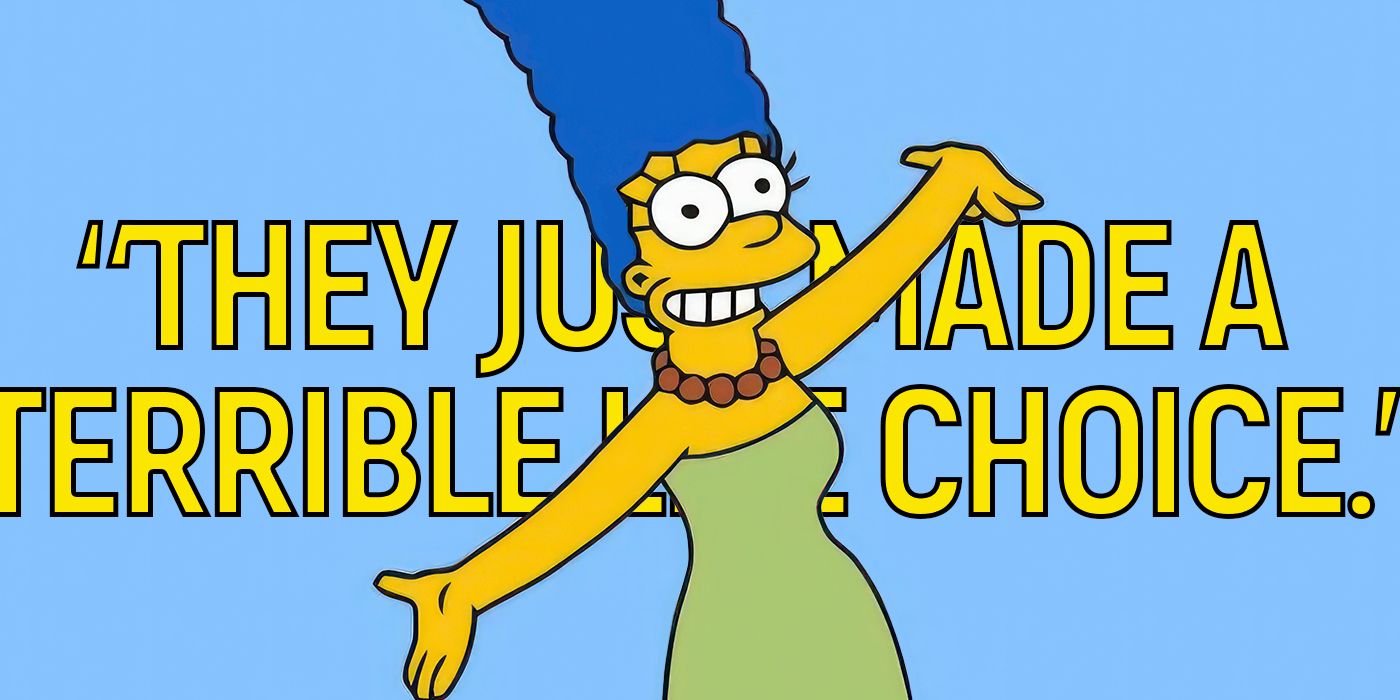


![Spider-Man Is Back in Black With the Green Goblin in New Funko Pop! Figures [Exclusive] Spider-Man Is Back in Black With the Green Goblin in New Funko Pop! Figures [Exclusive]](https://static1.colliderimages.com/wordpress/wp-content/uploads/2025/03/spider-man-the-animated-series-green-goblin.jpg)


